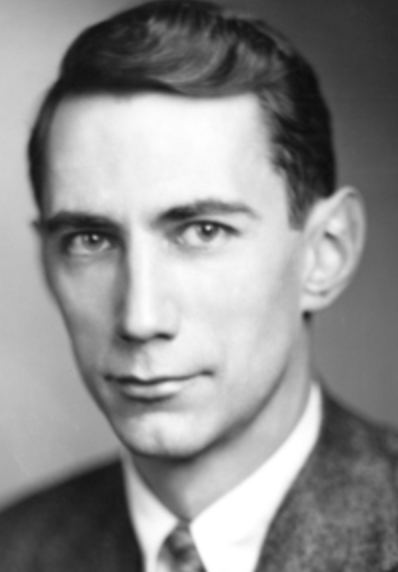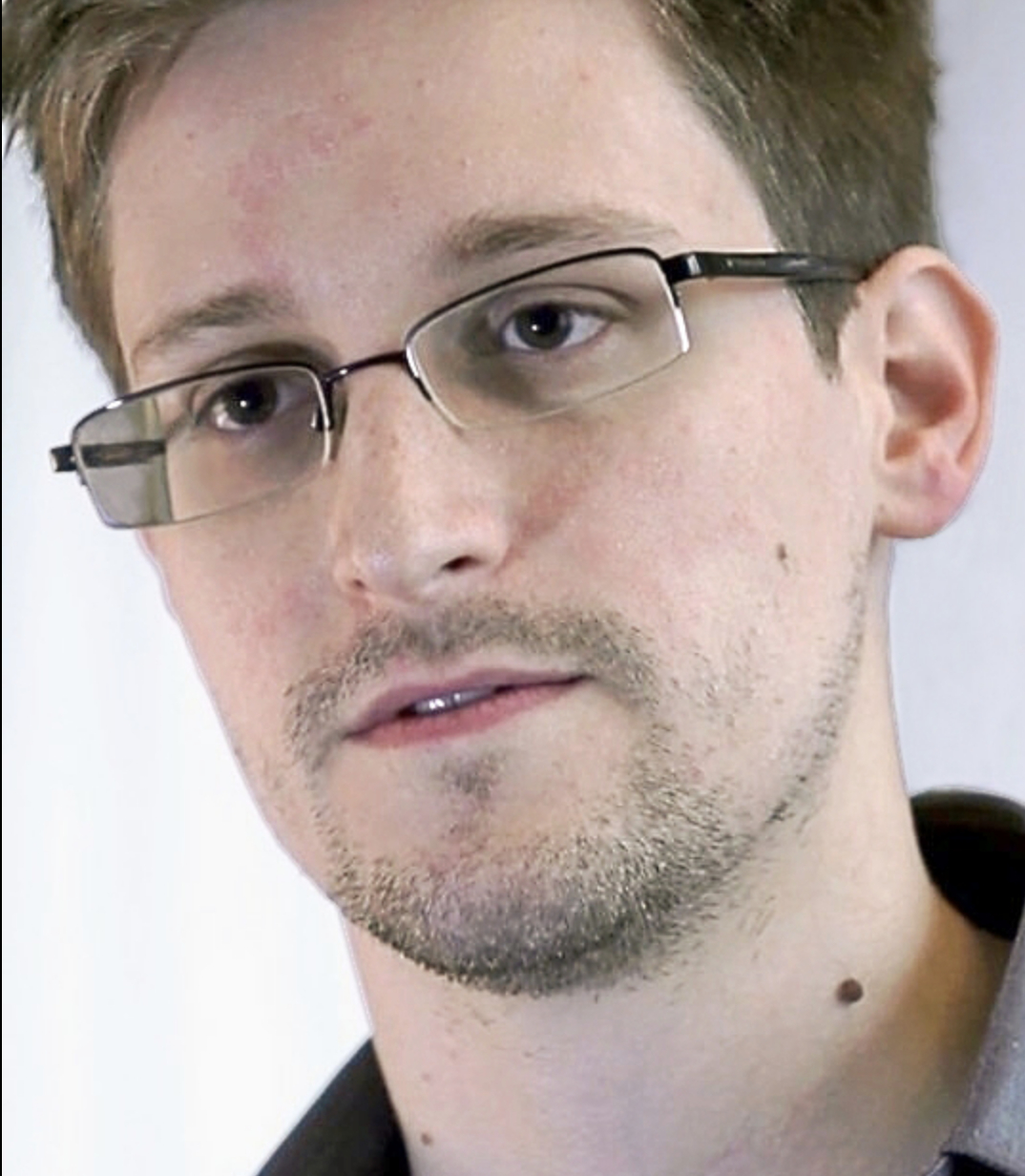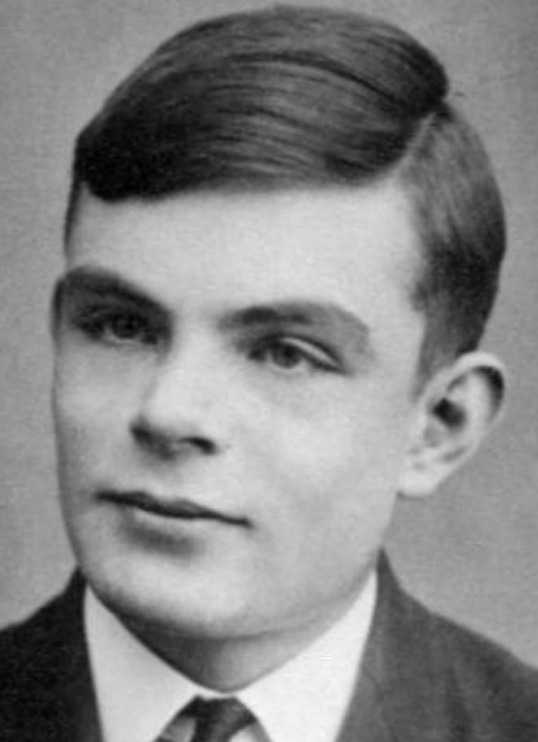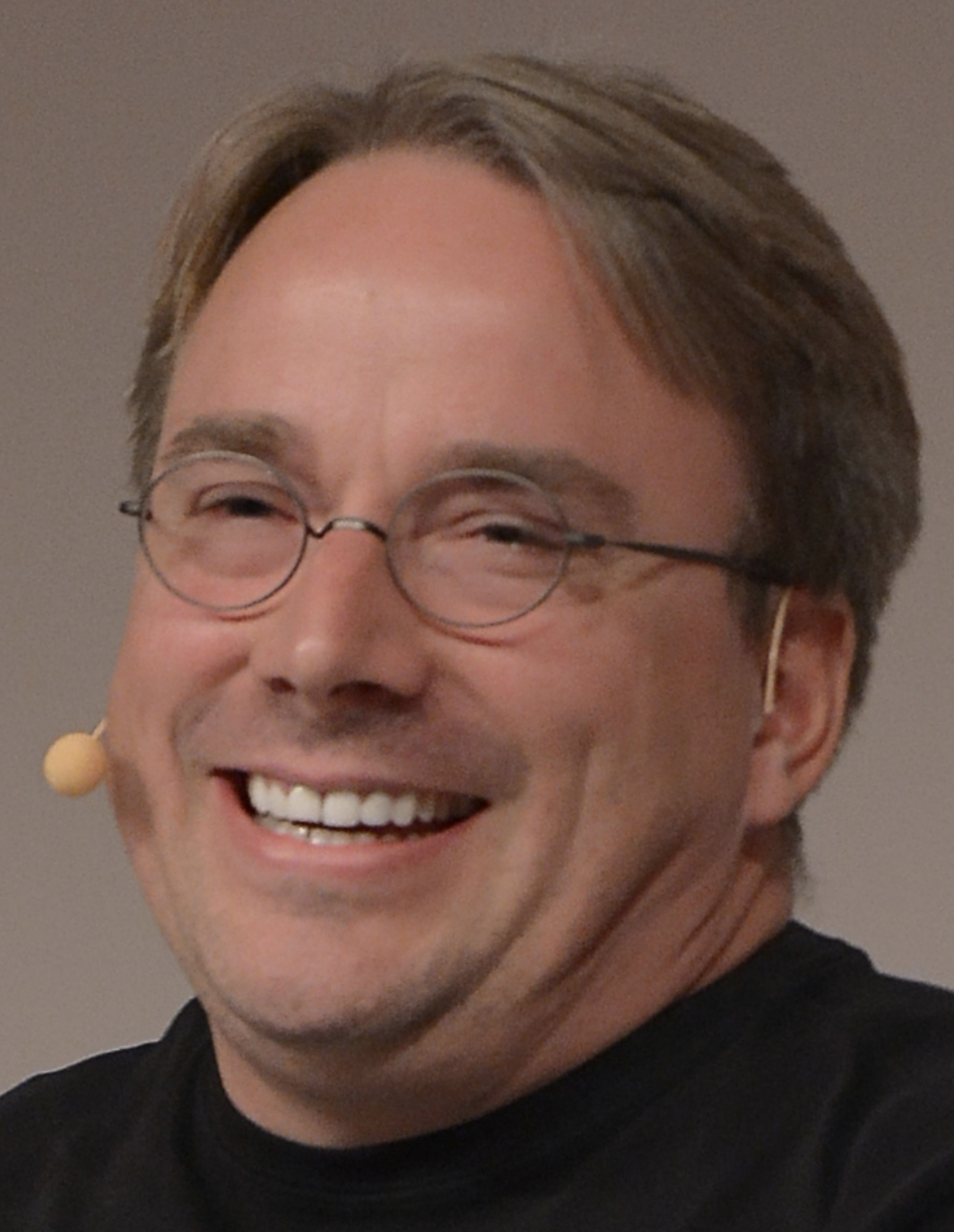January 1
Richard Stallman

On this date in 1953, computer programmer Richard Stallman was born in New York City. Stallman is a leader in the software freedom movement. He graduated magna cum laude from Harvard with a degree in physics in 1974 and did graduate work at MIT. He has received many awards and several honorary doctorates, including from the University of Glasgow and Lakehead University in Canada. He is known for founding the GNU Project (GNU’s Not Unix) in 1983 while he was at MIT.
The GNU Project involves programmers working to create free software so a computer may run entirely on free software. The project met this goal in 1992 with Linux, a free operating system. The project continues to develop more software and advocate for free software, which is free to use, edit and distribute.
Stallman, based in Massachusetts, also promotes other issues, including medical marijuana, and supports the Green Party. He also has sported a button that reads “Impeach God” and identifies as an atheist. According to his website, Stallman was in agreement with FFRF’s challenge of President George W. Bush’s faith-based initiatives. “I think we have an excess of faith-based initiatives in recent years,” he wrote. (Stallman.org, Feb. 28, 2007.)
Photo by Thesupermat under CC 3.0.
“Religious people often say that religion offers absolute certainty about right and wrong; ‘god tells them’ what it is. Even supposing that the aforementioned gods exist, and that the believers really know what the gods think, that still does not provide certainty, because any being no matter how powerful can still be wrong. Whether gods exist or not, there is no way to get absolute certainty about ethics.”
— Stallman interview with Slashdot titled “Thus Spake Stallman” (May 1, 2000)
Claude Shannon

On this date in 1916, Claude Elwood Shannon was born in Petoskey, Mich. He grew up in Gaylord, where he attended public schools and showed a talent for mathematics and engineering. He received a B.S. in mathematics and electrical engineering from the University of Michigan in 1936, then went on to MIT for graduate studies. While working with a mechanical computer called the Differential Analyzer, Shannon came up with the idea for a computer in which numbers would be represented by states of electrical circuits rather than ratios of gears.
He published this work in a master’s thesis which outlined the use of Boolean logic and binary numbers in a digital computer. He then earned his Ph.D. in mathematics in 1940. In 1948 he published a paper, “A Mathematical Theory of Communication,” which is regarded as the foundation of information theory, in which he defined the bit and discussed the mathematics of communication problems. At that time he was attached to Bell Labs, which had just developed the transistor, a technology that greatly improved the viability of the electronic computer.
Starting in the 1950s, technological advances which depended on Shannon’s work were changing the world on a regular basis. His later interests included artificial intelligence, card-counting, finance and juggling (the subject of his last published paper). In the 1950s he also devised a program for a chess-playing computer.
Shannon married Norma Levor, a wealthy Jewish intellectual in 1940 but divorced after about a year. In 1949 he married Mary Elizabeth “Betty” Moore when she was a numerical analyst at Bell Labs. She worked with him on some of his inventions. They had three children. Although Shannon lived into the digital age, he was unaware of later developments due to Alzheimer’s. He lived in a nursing home the last eight years of his life, dying at age 84. (D. 2001)
“Shannon described himself as an atheist and was outwardly apolitical.”
— William Poundstone, "Fortune's Formula: The Untold Story of the Scientific Betting System" (2005)
Tim Berners-Lee

On this date in 1955, Tim Berners-Lee was born in London. He became interested in computers while he studied physics at Oxford University. After his graduation in 1976, Berners-Lee became a software engineer. While working at CERN, the European Particle Physics Laboratory in Geneva, Switzerland, he wrote a program called Enquire.
Enquire allowed Berners-Lee to compile links to various files on his computer for personal use. Its development was integral to Berners-Lee’s proposal for the World Wide Web in 1989, allowing users to globally share information.
Berners-Lee is responsible for helping invent some of the Internet’s most basic tools: the Uniform Resource Locator (URL), Hypertext Transfer Protocol (HTTP) and Hypertext Markup Language (HTML), and for creating the first web server, browser and web page. He was later named director of the World Wide Web Consortium at the Laboratory for Computer Science at the Massachusetts Institute of Technology.
Berners-Lee was raised in the Church of England but began questioning religion as a teen. He says that his rejection of religion “relieved a great tension.” (The Telegraph, Mar. 30, 2008) He became a Unitarian. On a 1998 web page titled “WWW and UU and I,” he described the appeal of Unitarianism: “Unitarian Universalists … allow or even require their belief to be compatible with reason. They are hugely tolerant.”
Asked several years later by Mathias Döpfner, Axel Springer publishing CEO, if he believed in God, Berners-Lee replied, “Not in the sense of most people. I’m atheist and Unitarian Universalist.” (Business Insider, May 17, 2017)
“I rejected [Christianity] just after being ‘confirmed’ and told how essential it was to believe in all kinds of unbelievable things.”
— Berners-Lee, “WWW and UU and I" (1998)
Edward Snowden

On this date in 1983, Edward Snowden was born in Wilmington, North Carolina. Snowden is known for leaking highly classified information from the National Security Agency, where he worked, to the press in June 2013. Snowden did not receive a complete formal education. He dropped out of high school and later out of Anne Arundel Community College in Arnold, Maryland, where he studied computer science.
He taught himself computer science, information technology, politics and Japanese and Chinese culture and language and earned his GED. He briefly joined the U.S Army, where he listed himself as Buddhist because agnostic was not an option, according to his own web posting.
Beginning in 2006, Snowden started working on-and-off for the Central Intelligence Agency and National Security Agency, receiving top-security clearance. In May 2013 he left the U.S for Hong Kong and less than a month later was fired from the NSA for leaking classified information to The Guardian and Washington Post. Snowden later was granted asylum in Russia.
Some see him as a whistleblower, exposing many of the post-9/11 laws and the politicians who passed them for compromising Americans’ freedom and privacy. Others view Snowden as a traitor who jeopardized national security by revealing confidential information.
Photo: Snowden in the 2013 film “Praxis.”
“I feel that religion, adopted purely, is ultimately representative of blindly making someone else’s beliefs your own.”
— Snowden, “A Life of Ambition Despite the Drifting,” The New York Times (June 16, 2013)
Alan Turing

On this date in 1912, Alan Turing was born in London, England. He graduated from Cambridge with a degree in mathematics in 1934 and earned a Ph.D. in mathematical logic from Princeton University in 1938. Turing was a mathematician, cryptanalyst and computer scientist who studied cognitive science and artificial intelligence, among other fields. He was especially influential in the field of computer science.
In 1939, Turing began working for the Government Code and Cypher School (GCCS), which successfully broke the complex code used by the German military to encode their radio communications. This feat was accomplished thanks to Turing’s help designing a revolutionary code-breaking machine called the bombe, which was essential to the Allies throughout World War II. The bombe allowed the GCCS to decode up to 84,000 German messages per month.
Turing is also known for the creation of the Turing Test, a reliable method of testing artificial intelligence, and for proposing the Turing Machine, a multi-purpose thought-experiment computer that would function similarly to modern computers.
In 1952, Turing was convicted of homosexuality and denied further access to the GCCS. Turing chose chemical castration over jail time as his sentence. In 1954 he died of cyanide poisoning in what was determined to be suicide by the authorities. Only a few years later, in 1956, the 1885 Criminal Law Amendment Act under which Turing had been convicted was repealed.
Turing lost his faith as a young adult and became a materialist after a classmate whom he loved died of tuberculosis. Turing’s work with artificial intelligence also influenced his freethought views. “God has given an immortal soul to every man and woman, but not to any other animal or machine. Hence no animal or machine can think. I am unable to accept any part of this,” he wrote in “Computing Machinery and Intelligence” in 1950. D. 1954.
Turing passport photo at age 16.
“I am not very impressed with theological arguments whatever they may be used to support. Such arguments have often been found unsatisfactory in the past.”
— Turing, “Computing Machinery and Intelligence,” Mind (1950)
Linus Torvalds

On this date in 1969, Linus Torvalds was born in Helsinki, Finland. He was named after the American chemist Linus Pauling. He started using computers when he was 10 and soon was writing programs using the BASIC language on his grandfather’s Commodore computer. Torvalds earned his M.S. in computer science from the University of Helsinki in 1996, where he was introduced to the Unix operating system.
In 1991 he started creating the innovative Linux software program that was the kernel used to complete the GNU free operating system started by atheist and FFRF supporter Richard Stallman in 1983-84. The GNU operating system is often incorrectly called “Linux” by the public. GNU is a self-referential acronym for “GNU’s Not Unix!” — chosen because GNU’s design is Unix-like but differs from Unix by being free software and containing no Unix code.
Torvalds received multiple awards for his work with Linux, and the asteroid 9793 Torvalds was named after him. He worked for Transmeta Corporation from 1997 to 2003. He appeared in the 2001 documentary “Revolution OS” and wrote an autobiography titled Just for Fun: The Story of an Accidental Revolutionary (2001). He married Tove Monni in 1997 and they have three daughters, Patricia Miranda, Daniela Yolanda and Celeste Amanda. Torvalds became a U.S. citizen in 2010.
Torvalds described himself as “completely a-religious” and “atheist” in a 1999 Linux Journal interview. He explained his reason for being an atheist: “I find it kind of distasteful having religions that tell you what you can do and what you can’t do.”
2014 Photo by Krd under CC 3.0.
“I find that people seem to think religion brings morals and appreciation of nature. I actually think it detracts from both. … I think we can have morals without getting religion into it, and a lot of bad things have come from organized religion in particular. I actually fear organized religion because it usually leads to misuses of power.”
— Torvalds, Linux Journal (Nov. 1, 1999)
